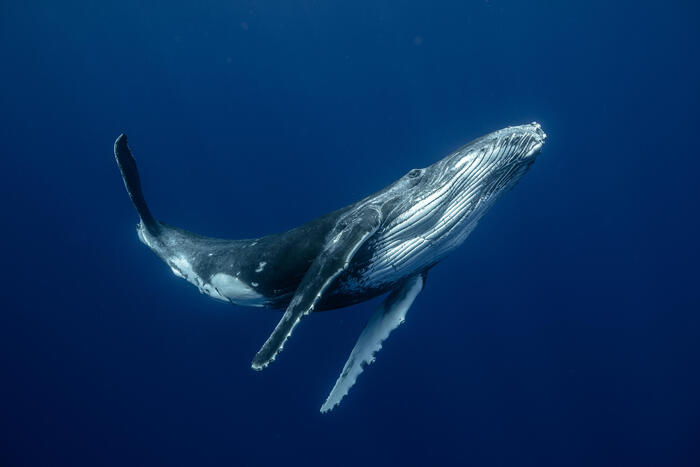It is a very particular larynx that makes whale song so evocative, but at the same time the characteristics of this organ mean that the song is disturbed by the noise of ships.
The discovery was published in the journal Nature by Coen Elemans' group, from the Biology department of the University of Southern Denmark.
Until now it was hypothesized that baleen whales, i.e. fin whales and humpback whales, used the larynx to produce the sounds that have always fascinated us, but it was not at all clear how they managed to generate the sound.
After decades of research, the analysis of the larynges of three fin whales and humpback whales has now shed light: structures have been discovered inside the larynx that allow singing to be generated by means of aerodynamic vibrations, at the same time allowing the recycling of air and avoid inhaling water.
By comparing the characteristics of the larynx with the vocalization models obtained on the computer, the researchers deduced that the larynges would not be able to produce sounds at frequencies that could communicate over large distances, equal to hundreds of kilometers.
This means that whale song falls within frequencies between 30 and 300 Hertz, the range in which the noise generated by transport ships falls.
This data, the authors of the research observe, suggests that communication between whales would be seriously affected by human activity.
Reproduction reserved © Copyright ANSA

